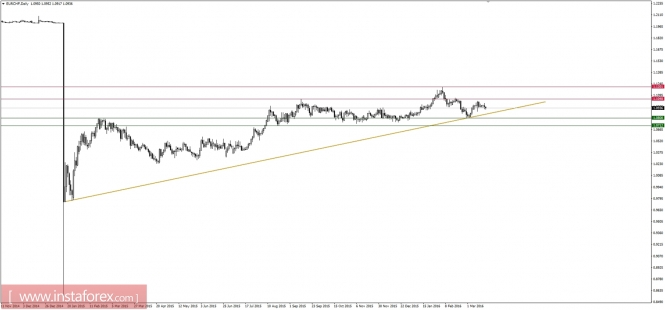

Soros Fund Management is a private investment management firm in the United States. Discretionary Hedge Funds Soros Fund Management This means that the manager has the discretion to make their own decisions only limited by their investment mandate. Discretionary funds are highly flexible, and fund managers invest across asset classes and geographies.ĭiscretionary fund managers identify investment themes based on their research, including fundamental factors and technical analysis, and then proceed to portfolio construction. Types of Global Macro Strategies Discretionaryĭiscretionary macro is a trading strategy designed to reap profits from shifts in macroeconomic trends and the imbalances arising from these trends. The “go-anywhere” approach of global macro managers allows them to produce investments that have a minimal correlation to conventional financial markets. These are some of the best places for making long and short trades for global macro managers across the market cycle. Hence, most global macro managers participate in markets with high liquidity, such as currencies, interest rate futures, and equity index futures contracts, with judicious leverage. One of the critical requirements of global macro investing is liquidity.

On the contrary, trend-followers respond to price movements. The fundamentals come first, and they attempt to predict price trends. Global macro hedge funds place an enormous emphasis on fundamental macroeconomic data and events to generate trading opportunities.Įven though the global macro managers study price movements and deduce technical patterns, they don’t follow the trend blindly. Global macro investors study global markets worldwide and are aware that major macroeconomic or political events can have a ripple effect throughout the international markets. Secondly, these macro strategies do not restrict themselves geographically. However, most of these strategies have a few factors in common.įirstly, they invest across sectors and instruments, assessing broader factors like interest rates, currency exchange rates, or trade policies. There are various approaches that macro traders use to identify and profit from macro movements. He spoke positively about the rising significance of the global macro strategies and private and institutional investors’ inclination toward it. After the Asian Monetary Crisis and the devaluation of currencies like the Indonesian Rupiah and the Thai Baht in the late 90s, many traders used global macro strategy to reap the benefits of international economic shifts.Īt the Opalesque Roundtable discussion of global macro in 2010, hedge fund manager John Burbank described global macro as “having a reason to be long or short something bigger than a fundamental stock view”. Soros did this transaction ahead of the European Rate Mechanism debacle. In 1992, he sold the Pound Sterling in a highly profitable trade applying a global macro strategy. George Soros, the famous billionaire investor, has popularized this investing style and has immortalized his name in global macro history. Such funds’ holdings include currency strategies, long-short positions in equities, commodities, fixed income, and derivatives. This implies that they can invest in a broader asset range globally. The funds leveraging a global macro strategy are some of the least restricted funds. They assess the economic landscape objectively and then try to identify imbalances and significant changes in economic trends in the hunt for mispriced assets. However, most of them adopt a “top-down” investment approach. The style or strategy of global macro investing differs across fund managers. They also track the major political upheavals across the globe very closely. Global macro funds aim to benefit from tectonic shifts in a nation’s economic policies, international trade, or interest rate regime. Global Macro is an investment strategy that picks its holdings through informed notions about various countries’ macroeconomic and geopolitical developments.


 0 kommentar(er)
0 kommentar(er)
